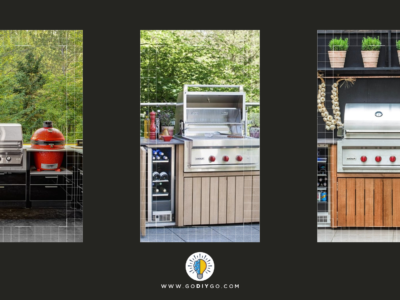As energy prices continue to rise, it’s becoming increasingly important for homeowners and businesses to find ways to conserve heat. You can do several simple things to reduce the amount of heat lost in your building.
1. Use energy-efficient roofing
It is a common misconception that the primary purpose of roofing is to keep water out of a building. While this is certainly an important function, roofing plays a much larger role in protecting and conserving heat within a structure. Up to 40% of a building’s heat can be lost through the roof if it is not properly insulated and sealed.
This is why energy-efficient roofing is so important, as it helps keep heat in while keeping water and other elements out. There are many different types of energy-efficient roofing materials on the market today, so it is essential to research to find the best option for your specific needs.
Use reflective roof coatings in addition to improving the insulating property of the roof. You can save thousands on roofing repair and replacement costs when you combine energy-efficient roofing with quality, reflective roof coating. These coatings reflect sunlight away from the building, which helps to keep the interior cooler. This can significantly extend the operational life of your roof. Reflective coatings are most effective when applied to dark-colored roofs, as they can reflect up to 90% of the sun’s rays. This gives additional savings on energy bills.
2. Install weather stripping around doors and windows
One way to conserve heat in a building is by installing weather stripping around doors and windows. This will help seal in the warm air and prevent cold drafts from coming in. Weather stripping is inexpensive and easy to install, so it’s a great way to reduce your heating costs.
You can also save heat by ensuring that your windows and doors are properly sealed. Drafty windows and doors can let in a lot of cold air, so it’s essential to ensure they’re properly closed and sealed. You can purchase special window film or sealant to help with this process.
3. Add insulation to your walls and ceiling
Insulation works by trapping air molecules inside a material, slowing heat transfer. The more trapped air molecules, the better the insulation will be at conserving heat. There are many different types of insulation available on the market, so it’s important to choose the right one for your needs.
Fiberglass insulation is one of the most popular choices for home and building owners. It’s made from recycled glass and sand, so it’s an environmentally friendly option. Fiberglass comes in rolls or batts, which can be cut to fit any space. It’s also relatively easy to install, making it a do-it-yourself project for many people.
Another type of insulation is spray foam insulation. This type of insulation is applied as a liquid and expands to fill any cracks or gaps. It’s a great choice for hard-to-reach places, such as attics and crawl spaces. Spray foam insulation can also be used on exterior walls to provide an extra layer of protection against the elements.
There are also many green insulation options available on the market. Recycled denim insulation is made from recycled blue jeans and other denim fabrics. It’s an eco-friendly option that provides excellent heat conservation. Sheep’s wool insulation is another green choice that’s become more popular recently. It’s a natural insulator that’s also flame retardant and hypoallergenic.
Insulating your walls and ceiling is a meaningful way to conserve heat in a building. By choosing the suitable insulation material and installing it properly, you can save money on your energy bills and keep your home more comfortable.
4. Close blinds or curtains at night
We all know that heat rises, so when you close your blinds or curtains at night, you create another layer of insulation between the cold outdoors and your warm indoor air. This simple step can help to conserve heat and keep your energy bills down.
5. Use energy-efficient lighting
One of the ways you can conserve heat in a building is by using energy-efficient lighting. This is because traditional lighting such as incandescent bulbs release a lot of heat, which can contribute to making a room warmer. By switching to energy-efficient lighting options such as LED bulbs, you can help to keep the temperature down.
6. Adjust your thermostat according to the season
One way you can conserve heat in a building is by setting your thermostat to a lower temperature in the winter and raising it in the summer. This helps to regulate the temperature inside the building, which can save on energy costs. Also, as mentioned earlier, ensuring that windows and doors are properly sealed will help keep the heat inside the building.

These are just a few simple ways to conserve heat in your building. By taking these measures, you can help reduce your energy consumption and costs.
















